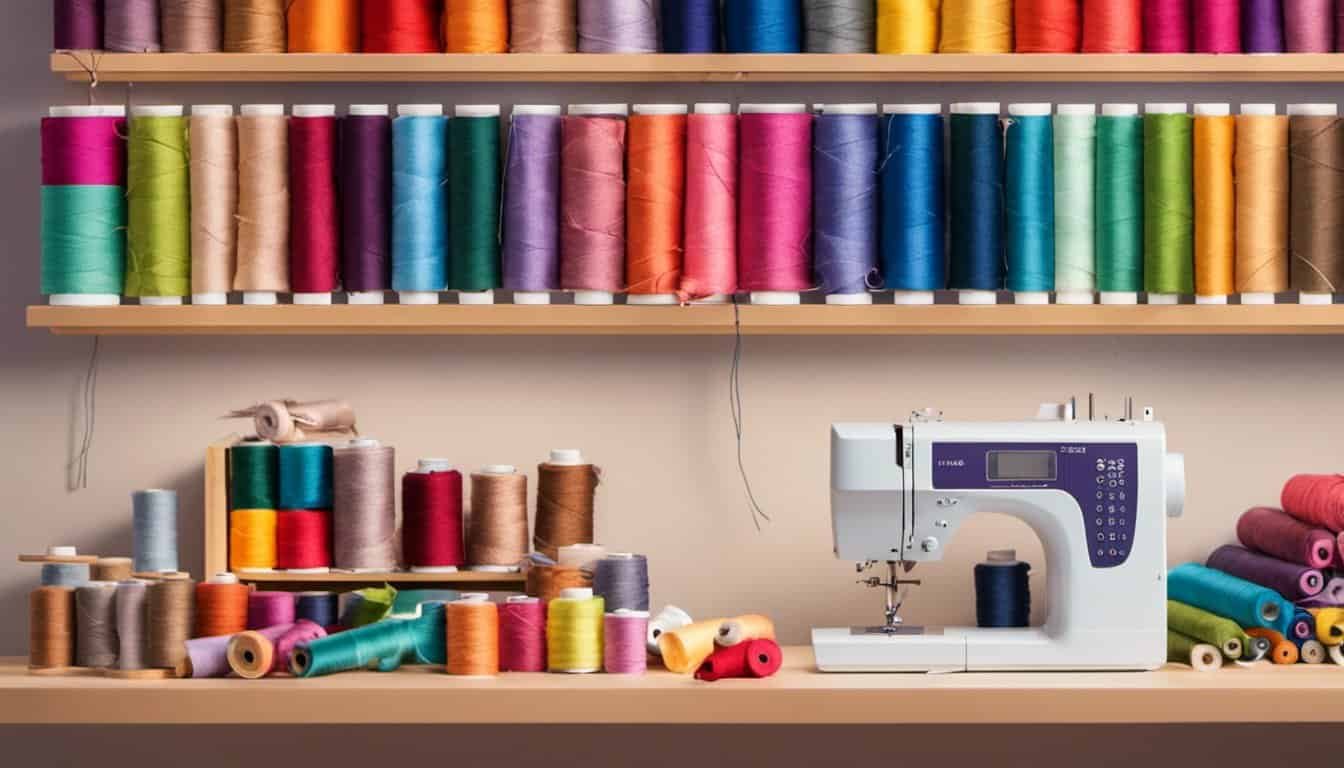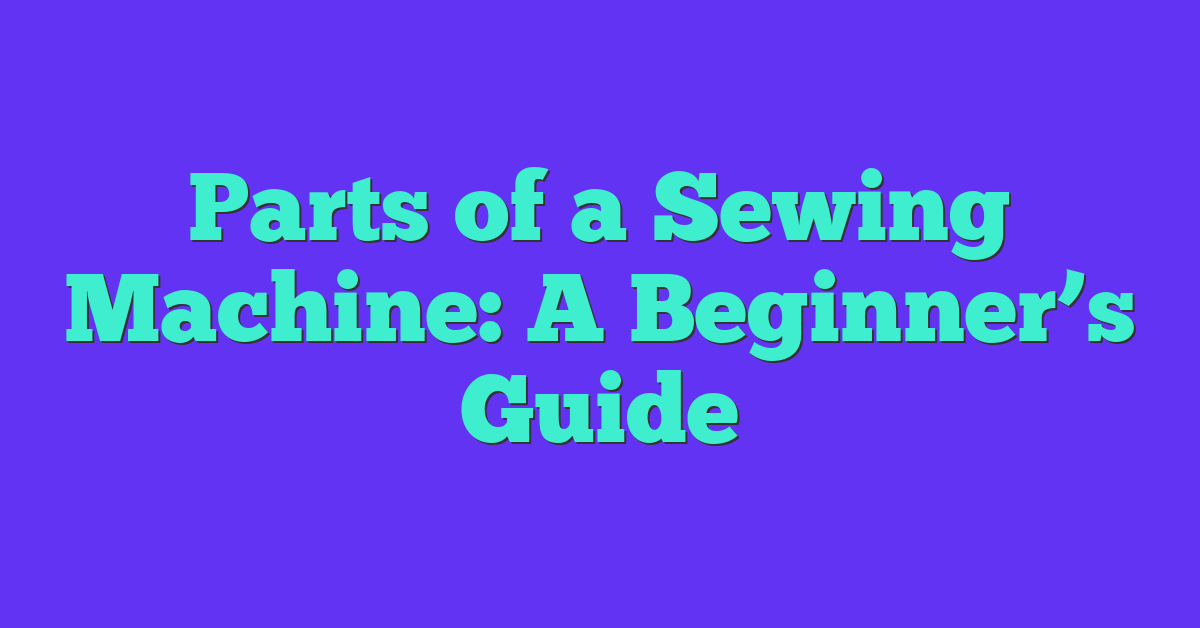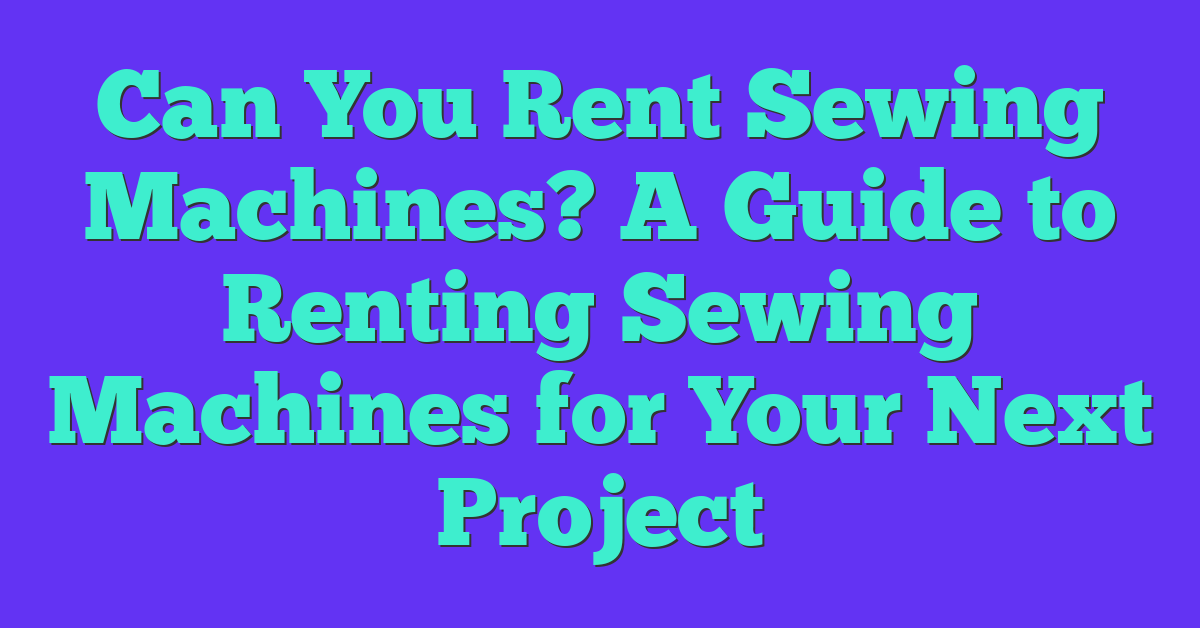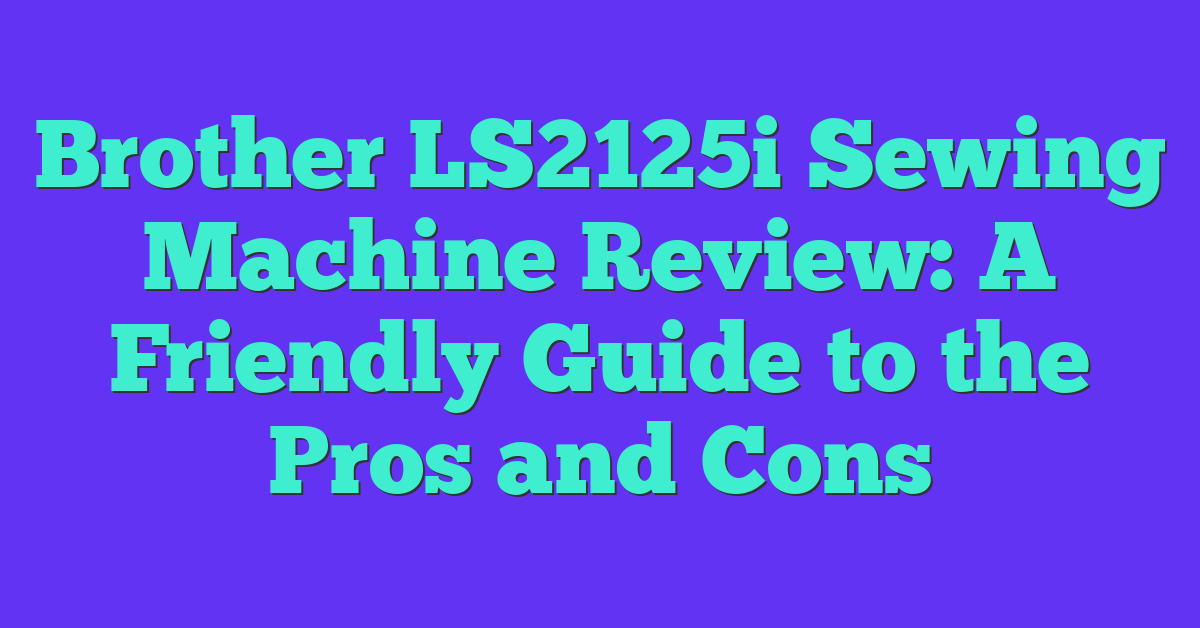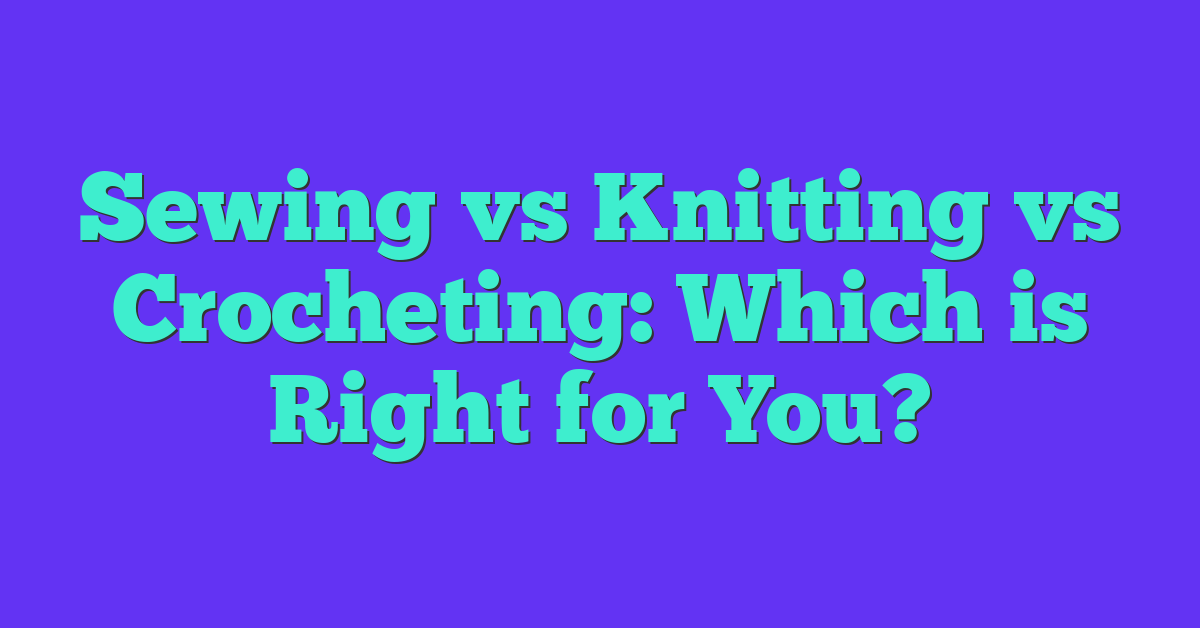As a sewing enthusiast, I know how important it is to understand the basic parts of a sewing machine. Whether you’re a beginner or an experienced sewist, knowing the different parts of a sewing machine and how they work together is crucial to creating beautiful and functional projects. In this article, I will guide you through the different parts of a sewing machine and explain their functions.
Understanding the machine is the first step to becoming a confident and skilled sewist. A sewing machine is a complex piece of equipment that requires knowledge of its different parts and how they work together. Basic sewing machine parts include the spool pin, bobbin winder, foot pedal, needle, presser foot, and tension control, among others. Each part plays a vital role in creating the perfect stitch, and understanding how they work is essential to mastering your machine.
If you’re new to sewing, you may have some questions about the different parts of a sewing machine. What is the difference between a bobbin and a spool? How do you thread a needle? What is the purpose of a presser foot? In this article, I will answer these frequently asked questions and more. By the end of this article, you will have a solid understanding of the basic parts of a sewing machine and how to use them to create beautiful projects.
Key Takeaways
- Understanding the different parts of a sewing machine is crucial to becoming a skilled sewist.
- Basic sewing machine parts include the spool pin, bobbin winder, foot pedal, needle, presser foot, and tension control, among others.
- By learning the functions of each part and how they work together, you can create beautiful and functional projects with ease.
Understanding the Machine
As someone who loves sewing, I find it important to understand the different parts of a sewing machine. It not only helps me troubleshoot issues, but it also allows me to use my machine to its full potential. In this section, I will break down the different parts of a sewing machine and their functions.
First, let’s start with the basics. A sewing machine is a machine used to stitch fabric and other materials together with thread. There are different types of sewing machines, including manual and computerized machines. Manual sewing machines are operated using a foot pedal and require more physical effort, while computerized machines are operated using buttons and have more automated features.
Now, let’s talk about the different parts of a sewing machine. Some of the most important parts include the needle, presser foot, bobbin, and thread guides. The needle is what pierces the fabric and creates the stitch. Sewing machine needles come in different sizes and types depending on the type of fabric you’re working with. The presser foot holds the fabric in place and helps guide it through the machine. The bobbin holds the thread that creates the bottom stitch, while the thread guides help guide the thread through the machine.
Other important parts of a sewing machine include the stitch selector, tension dial, and handwheel. The stitch selector allows you to choose the type of stitch you want to use, while the tension dial controls the tightness of the thread as it passes through the machine. The handwheel is used to manually move the needle up and down, which can be helpful when positioning the fabric.
In conclusion, understanding the different parts of a sewing machine is essential for any sewist. By knowing how each part functions, you can troubleshoot issues and use your machine to its full potential. Whether you have a manual or computerized machine, taking the time to learn about its different parts will help you become a more confident and skilled sewist.
Basic Parts
When it comes to sewing machines, there are some basic parts that are essential to know. In this section, I will cover the most important parts of a sewing machine, including their functions and how they work.
Needle Parts
The needle is one of the most important parts of a sewing machine. It is responsible for creating the stitches in the fabric. The needle has several parts, including the point, eye, tip, blade, groove, and scarf. The point is the sharp end of the needle that pierces the fabric. The eye is the hole at the top of the needle where the thread passes through. The tip is the bottom end of the needle that goes into the fabric. The blade is the flat part of the needle that helps it move through the fabric. The groove is the indentation on the side of the needle that helps it catch the thread. The scarf is the indentation on the back of the needle that allows the bobbin hook to catch the thread.
Bobbin Parts
The bobbin is another essential part of a sewing machine. It holds the bottom thread that creates the stitches along with the top thread. The bobbin has several parts, including the bobbin winder, bobbin case, bobbin cover, and bobbin and bobbin case. The bobbin winder is responsible for winding the thread onto the bobbin. The bobbin case holds the bobbin in place and helps regulate the tension of the thread. The bobbin cover protects the bobbin and bobbin case from dust and debris.
Thread Parts
Thread is what holds the fabric together and creates the stitches. The thread has several parts, including the spool, spool pin, spool holder, thread guide, thread feed, thread cutter, and thread take-up lever. The spool is the container that holds the thread. The spool pin holds the spool in place. The spool holder helps keep the spool stable while the machine is sewing. The thread guide helps guide the thread through the machine. The thread feed is responsible for moving the thread through the machine. The thread cutter is used to cut the thread after sewing. The thread take-up lever helps regulate the tension of the thread.
Feeding Mechanism
The feeding mechanism is responsible for moving the fabric through the machine. It has several parts, including the feed dog and the presser foot. The feed dog is a set of teeth that move the fabric forward and backward. The presser foot holds the fabric in place while the feed dog moves it through the machine.
Handwheel and Flywheel
The handwheel and flywheel are used to manually move the machine. The handwheel is located on the right side of the machine and is used to move the needle up and down. The flywheel is located on the side of the machine and is used to manually move the machine.
Foot Parts
The foot parts include the foot pedal and foot controller. The foot pedal is used to control the speed of the machine. The foot controller is used to turn the machine on and off.
Machine Body
The machine body is the main part of the machine that houses all the other parts. It includes the arm, bed, slide plate, front-loading, clamp, throat, and throat plate.
Stitch Selectors
The stitch selectors are used to select different types of stitches. They include the stitch width selector, stitch length selector, stitch length dial, pattern selector, and decorative stitches.
Tension Regulators
The tension regulators are used to regulate the tension of the thread. They include the tension discs, tension dial, bobbin winder tension disk, and tension disk.

Other Parts
Other parts of a sewing machine include the take-up lever, reverse lever, reverse button, on/off switch, power switch, power cord, menu screen, shuttle, belts, and butt.
Understanding Different Brands
Different brands of sewing machines may have different parts and functions. It’s essential to read the manual and understand the specific features of your machine.
Vintage and New Machines
Vintage and new machines may have different parts and functions. It’s essential to know the specific features of your machine and how to use them.
Sewing Machine Maintenance
Proper maintenance of your sewing machine is essential to keep it running smoothly. Regular cleaning, oiling, and servicing can help extend the life of your machine.
Frequently Asked Questions
What are the different types of sewing machines?
« How to Unfreeze a Sewing Machine: Simple Solutions for a Smooth Sewing Experience
Costco Brother Sewing Machine Review: A Friendly Guide to Choosing the Best Model »
There are several types of sewing machines available in the market, including mechanical, electronic, and computerized models. Mechanical sewing machines are the most basic and affordable option and are ideal for beginners. Electronic sewing machines have more advanced features and are better suited for intermediate sewers. Computerized sewing machines are the most advanced and come with a wide range of features and functions that are suitable for experienced sewers.
What are the essential sewing machine parts?
The essential sewing machine parts include the presser foot, needle, bobbin, bobbin case, feed dogs, spool pin, thread guide, stitch length regulator, and tension dial. These parts work together to create a stitch and are essential for the proper functioning of the machine.
What are some common sewing machine accessories?
Common sewing machine accessories include different types of presser feet, such as a zipper foot, buttonhole foot, and walking foot. Other accessories include bobbins, needles, thread, seam ripper, and fabric scissors.
What are the parts of a sewing machine and their functions?
The parts of a sewing machine and their functions include the power button, hand wheel, bobbin winder, spool pin, thread guides, thread take-up lever, tension control dial, needle bar thread guide, needle, needle clamp screw, throat plate, and foot pedal. These parts work together to create a stitch and are essential for the proper functioning of the machine.
Why is it important to know the parts of a sewing machine?
Knowing the parts of a sewing machine is important because it helps you understand how the machine works and how to troubleshoot any problems that may arise. It also enables you to use the machine more efficiently and effectively, resulting in better sewing projects.
What is the part of the sewing machine that moves the needle up and down?
The part of the sewing machine that moves the needle up and down is the needle bar. The needle bar holds the needle and moves it up and down to create a stitch.
